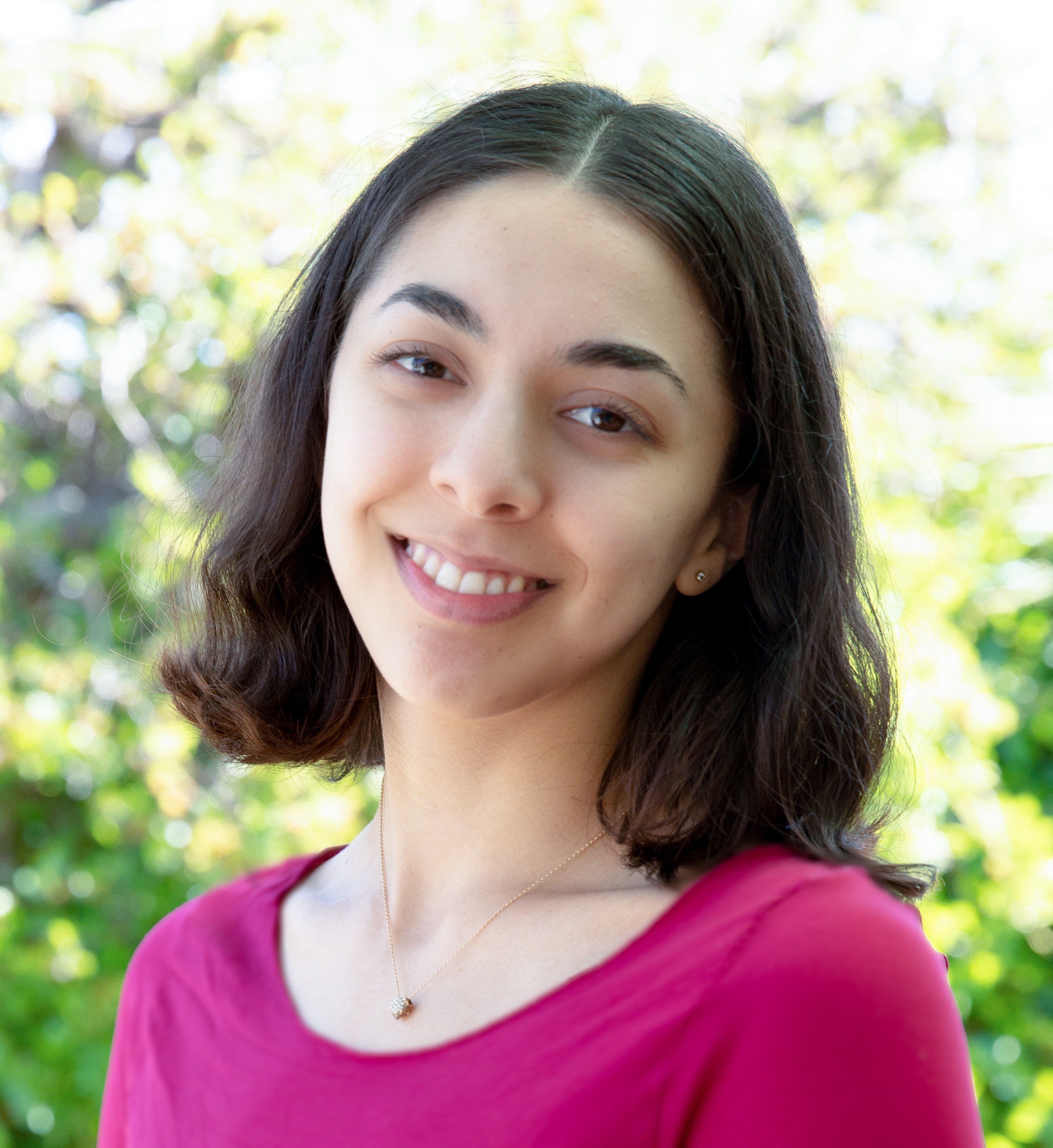Brenton Horne
Investigating spontaneous symmetry breaking of spatial Kerr solitons in fractional spatial dimensions using Fourier spectral methods.
In this project, the Fourier spectral methods will be used to approximate the solution to the one-dimensional nonlinear fractional Schrödinger equation (NFSE) with a double-well potential and cubic potential in order to study the phenomenon of spontaneous symmetry breaking (SSB) of Kerr solitons. SSB will be further investigated using coupled NFSEs after the non-coupled NFSE is first solved. The project will be part of a broader research programme being undertaken at the University of Southern Queensland with international collaboration.

Brenton Horne
University of Southern Queensland
Brenton Horne is currently studying a Bachelor of Science (BSc) majoring in mathematics and statistics and minoring in computing at the University of Southern Queensland (UniSQ), which he will complete in November 2022. In February 2023, he will commence a Master of Research (MRes) degree at UniSQ; the focus of the research conducted as part of this degree will be the link between parental factors and the risk of childhood overweight or obesity in the offspring. He intends to also complete a Doctor of Philosophy (PhD) degree after completing his MRes. Since December 2021, Brenton has also served as a high school mathematics tutor at Cluey Learning, tutoring close to forty different students in that time.
Brenton has also previously worked on a project, whilst in his final years of high school
(After completing some undergraduate courses in grade 10), that involved applying Chebyshev spectral methods to solving the Schrodinger equation under the direction of Associate Professor Wayne Read and also participated in UniSQ’s undergraduate research scholarship programme in semester 3, 2021 in which he modelled the motion of the Svea family of asteroids to determine its likely age and future using scripts he wrote and UniSQ’s High Performance Computing facilities.
His main research interest is mathematical and statistical modelling, along with numerical methods for solving partial differential equations. His interest in these areas is due to their great practical utility in answering the big questions we have, from the origin of the universe to how to best treat and prevent disease and to the likely fate of the universe. Brenton has been curious about the world around him and how to answer these sorts of questions since he was a child and originally developed a fascination with mathematics due to its immense power to illuminate what was previously obscure.




